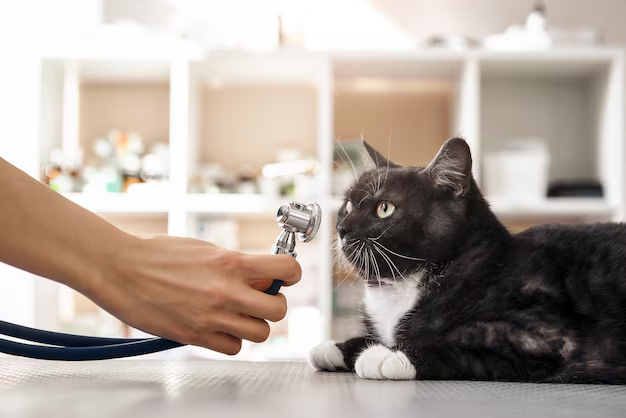Is Your Cat Diabetic? Key Signs and Steps to Take
Bringing a pet into your home means accepting the responsibility of their health and well-being. Detecting diabetes in cats can be the difference between a full, happy life for your feline friend and serious health complications. So, how can you tell if your cat is diabetic? Let's dive into the signs, symptoms, and some practical solutions for managing this condition.
Recognizing Symptoms of Feline Diabetes
A vigilant pet owner is often the first to notice subtle changes in their cat's behavior or appearance. Here are the most common signs of diabetes in cats:
- Increased Thirst and Urination: One of the earliest signs of diabetes in cats is consuming more water and more frequent trips to the litter box.
- Weight Change: Sudden weight loss or, less commonly, weight gain can signal an imbalance in your cat's insulin levels.
- Increased Appetite: If your cat seems hungrier than usual but isn't gaining weight, this could be a red flag.
- Lethargy: Diabetes often drains energy, leaving your cat more fatigued and less playful.
- Unkempt Coat: A once-groomed cat with a messy, dull coat might be struggling with health issues, including diabetes.
Steps to Confirm a Diagnosis
If you notice any of these signs, it's crucial to act swiftly to confirm whether diabetes is the underlying cause:
- Veterinary Consultation: The most definitive way to diagnose diabetes is through veterinary examination and testing. Expect blood tests and possibly a urine test to measure glucose levels.
- Monitoring at Home: Observing your cat’s habits, such as their eating and drinking patterns, can provide valuable information for your veterinarian.
Managing Feline Diabetes
Upon diagnosis, managing diabetes is all about maintaining consistent blood glucose levels. Here’s how you can help:
- Regular Insulin Injections: Most diabetic cats require daily insulin injections. It might sound daunting, but with practice, administering insulin becomes part of your routine.
- Dietary Adjustments: Your vet might recommend a high-protein, low-carbohydrate diet. Specialized prescription food can regulate blood sugar.
- Regular Vet Visits: Keeping regular appointments ensures that your cat’s treatment is effective and any adjustments can be made promptly.
Managing a diabetic cat can add financial strain due to increased veterinary visits and supplies, but there are resources and strategies to ease this burden.
Exploring Veterinary Financial Assistance
Taking care of a diabetic cat shouldn't bankrupt you. Here are some financial options you can explore:
- Pet Health Insurance: Investing in pet insurance before your cat becomes ill can cover a significant portion of treatment costs.
- Non-Profit Organizations: Groups like The Pet Fund or RedRover Relief can offer financial aid for specific medical conditions.
- Vet Payment Plans: Speak to your vet about monthly installment plans for treatment costs.
- Local Animal Welfare Programs: Community-specific programs sometimes offer reduced-cost services for pet care.
Financial Resources Table for Cat Owners 🐱
| 💰Resource Type | 🐾Description |
|---|---|
| 🏥Pet Insurance | Covers many veterinary treatments and medications. |
| ❤️Non-Profit Aid | Financial assistance for medical care, check eligibility. |
| 🩺Vet Payment Plans | Monthly payment plans for ease of financial management. |
| 🏠Local Programs | Discounted services and community support options. |
Caring for a diabetic cat is a big commitment, but with the right medical attention and financial strategies, you can ensure your pet lives a healthy, contented life. Stay informed, make thoughtful choices, and remember that help is available when you need it.
